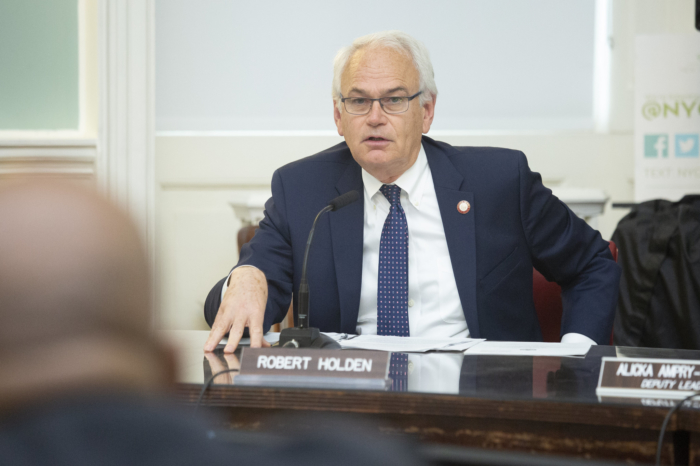By Brian Barnwell
I am writing you about an issue that plagues New York City residents: affordable housing. New York City is NOT an affordable place to live for the working and middle class.
This is because we don’t have true affordable housing, we have countless rent loopholes and property taxes lack reform. All across our city, we see development; in many places over-development. The new developments lead to increasing rents that often push longtime residents out of their homes. The purpose of this letter is to highlight some of the issues dealing with housing affordability and how we can make New York City more affordable.
When developers receive specific property tax breaks, they must build portions of the property as “affordable housing.” “Affordable housing” is based on something called the Area Median Income, or “AMI.”Basically, it’s the average income of the people who live in the area. The problem currently is that when AMI is determined, the tax break allows the AMI to be based on the income levels of people all throughout New York City (Upper West Side, Upper East Side, etc.), and some upstate counties, such as Westchester. This is often known as the “regional AMI number.”
By including more affluent neighborhoods in the calculation, when developers build in less affluent neighborhoods the baseline calculation for affordability is significantly higher than it should be. The income of people in Westchester shouldn’t be able to influence and increase the AMI that is used for a neighborhood in New York City. A solution would be that if developers use the tax break, they must only use the AMI/average income of the people in the specific zip code where the project will be located. That way, the new development will better reflect the income levels of people who already live in the area. Then the people who already live in the area can more likely afford the new development and not be pushed out. In zip codes where the AMI is higher than the regional AMI number, the lower regional AMI number could still be used.
Another problem adding to the lack of housing affordability is the Major Capital Improvement Program. The program was created to help landlords repair/improve their respective buildings. Under the program, landlords are then able to increase the rents of tenants to pay for the “improvements.” However, we are increasingly seeing more and more landlords abusing the program to constantly increase the rents of their tenants for improvements the landlords should have been making to begin with.
Eventually tenants are forced to move out due to the increasing rents. Abolishing the MCI program, restoring rents to the price they would have been prior to the MCI increases, and holding landlords accountable who fail to keep their buildings in a safe condition are necessary to preserve true affordable housing. A sliding scale of abatements could help the landlord maintain the building in a safe manner without increasing the rents of tenants. This would help preserve affordable units.
Individuals are living longer, and property taxes continue to push out seniors who have lived in their communities for decades. Seniors should be paying less in property taxes as they age. A system that reflects such would allow seniors to remain in their homes that they have lived in for decades. A system should be created that would constantly decrease property taxes for seniors as they increase in age.
These are just some measures that would truly make New York City more affordable for the working and middle class.
Brian Barnwell
State Assemblyman
District 30 – Maspeth
































